Video Game Reviews
How I Learned to Stop Worrying About My Purpose and Love Space: A No Man Sky Review
Published
8 years agoon
The esoteric nature of the game is by far its best-selling point.
You’ve landed on a sun-faded cactus-speckled wasteland. The Wind attacks your Exosuit visor with red dirt. You glance down at your data report, it says the temperature is about 98.5 Degrees Celcius and it’s close to sunrise. Extreme temperatures imminent, your suit warns you. You spent you last few credits on new pistol with grenades. As the sun rises you see a glimmer off into the distance. A 3km wide mound of gold is sitting next to a nearby cave. As you draw closer to the cave you can hear strange yelps coming, something between a bark and nails on glass. You see three scaled, six-legged canines, eyes devouring you. You quickly unholster your laser pistol and fire a plasma grenade their way, blasting all three and launching them back into the cave, deceased. You suit reminds you that its heat shields are buckling under the sunrays. You quickly switch you Lazer pistol to its mining ray trying gather as much of the precious gold as you can before your suit gives out and you are dead on an unnamed planet in Deep space. The sun rises higher and you can see other disgusting and mysterious fauna running for cover. It’s 220 degrees Celcius and climbing. You point the pistol at the gold and pull the trigger. ‘No space in inventory.’ GOD DAMMIT! This is a game.
That has been one of a few points of contention that I have with No Man’s Sky. As much as it wants to immerse you in this technologically astounding Sci-Fi adventure, it keeps reminding you that it is a game and not letting that immersion fully sink in. From bland missions to the constant struggle of inventory space, what should have been one of the most immersive games of the year comes off as half-cocked.
The esoteric nature of the game is by far its best-selling point. The game is at its best when you are flying around the galaxy looking for a purpose. Its ability to tap into the inherent fear and question of existence is nothing short of a marvel. I spent a most of my time traveling the Atlas path, following a mysterious being/religion. The other way being towards the center of the Galaxy. Because I did this, my mileage for the game may differ from others.
[yp_banner img_src=”https://theicon.com-content/uploads/2016/08/24836696114_0eeda4e25d_b.jpg” img_size=”1400×600″ banner_size=”mid” top_position=”false” img_cover=”false” boxed=”false”]Content[/yp_banner]
My quest for purpose is what started my initial trek out into the stars. Leading me deeper and deeper into the dark unknown. Around 15 hours in I had been to dozens of planets all with similar missions structures. Land. Search for a beacon to hack and get directed to a Monolith, a Settlement, or a transmission with tech locations. Where I would either be rewarded with a word from the language of one of the 3 Major space-faring alien groups; The Gek, The Korvax, or The Vy’ken. That or some tech upgrade for my suit, weapon or ship. You mine for materials and blast off.
This rinse and repeat gameplay is what has made this game so divisive. Players are looking for purpose and for the reward to be in reaching that goal as soon as possible to move on to the next one. It’s built into being human. That is where No Man’s Sky swerves and leaves it to you to come up with your own purpose.
[yp_banner img_src=”https://theicon.com-content/uploads/2016/08/14388487672_95a9ae3d16_b.jpg” img_size=”1400×600″ banner_size=”mid” top_position=”false” img_cover=”false” boxed=”false”]Content[/yp_banner]
You are free to explore the from the moment you can get a ship into the stratosphere. That type of open-ended gameplay can be a blessing or a curse. You are going to have people that want to see what the end of the game is and, in turn, see the aforementioned activities as part of a grind-riddled gamut to suffer through to see that end. In some ways this is right – Hello Games needs more tools to diversify gameplay systems because it does start to stagnate after hour 10. However, there will be those, I like to count myself amongst, who will see the game as a way to examine the Universe as a journey and not a means to an end. The journey and the interesting things that happen along the way are where the game is. That’s when I turned to following the Atlas Path with occasional jaunts to nearby star systems. It is embracing that way of playing that increased my enjoyment in the game.
Every new word was a way for me to better understand my Universe and every new encounter was another puzzle piece to the universe around me.
The soundtrack for the game is spectacular at enhancing ever ship landing and space battle. The mixture of synth abstract melodies accented every corner of my experience in space. Shout outs to 65daysofstatic for slaying that soundtrack.
I played on Playstation post-patch, so most of the technical issues for me were at a minimum. The game did crash once while I was playing and I regularly got pop-in and definitely some frame drop when entering from space to planetside.
[yp_banner img_src=”https://theicon.com-content/uploads/2016/08/28565566800_e6981aa465_b.jpg” img_size=”1400×600″ banner_size=”mid” top_position=”false” img_cover=”false” boxed=”false”]Content[/yp_banner]
This game is one of the most ambitious undertakings since Star Citizen (which still isn’t done!), but I think most of the hate comes from the fact that this isn’t the “everything game” everyone was looking for. It over-sold on promises and that is definitely a cardinal sin in the gaming community. However ,for the most part, it did what it said it was going to do. A procedurally generated universe that you can explore at your own pace. You would think after the Molyneux’s and Spore’s people would give up on the idea that the ‘everything game’ actually exists. The ‘everything game’ can’t exist because it still has to be a game and that comes with its own boundaries that can’t include everything! Hello Games’ silence is not helping the situation as they have not gotten in front of any of the controversy.
The game is breathtaking at times, excruciatingly boring at others but it did not stop pulling at the existential thread of humanity; What else is out there? Will I find purpose? I’m excited to see what the updates and patches will add, hopefully, new gameplay mechanics and additional ways to interact with the planets themselves. This game will be different in 6 months and maybe I will revisit it then for another review. Yet, until then I’m just going to keep Zen and blast off from planet to planet going where no man has gone before.
You may like
-
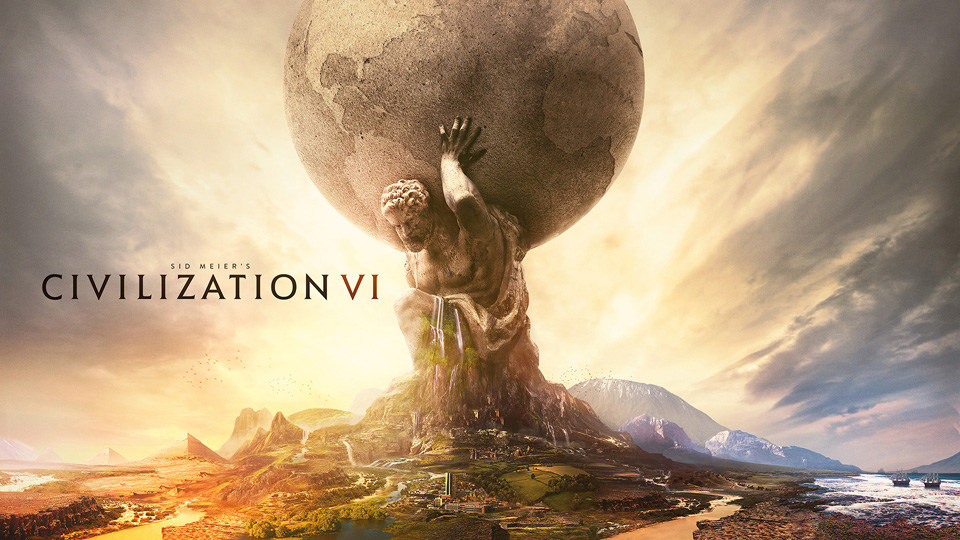

Persia and Macedon Civilization & Scenario DLC pack available now for Civilization VI on iPad
-
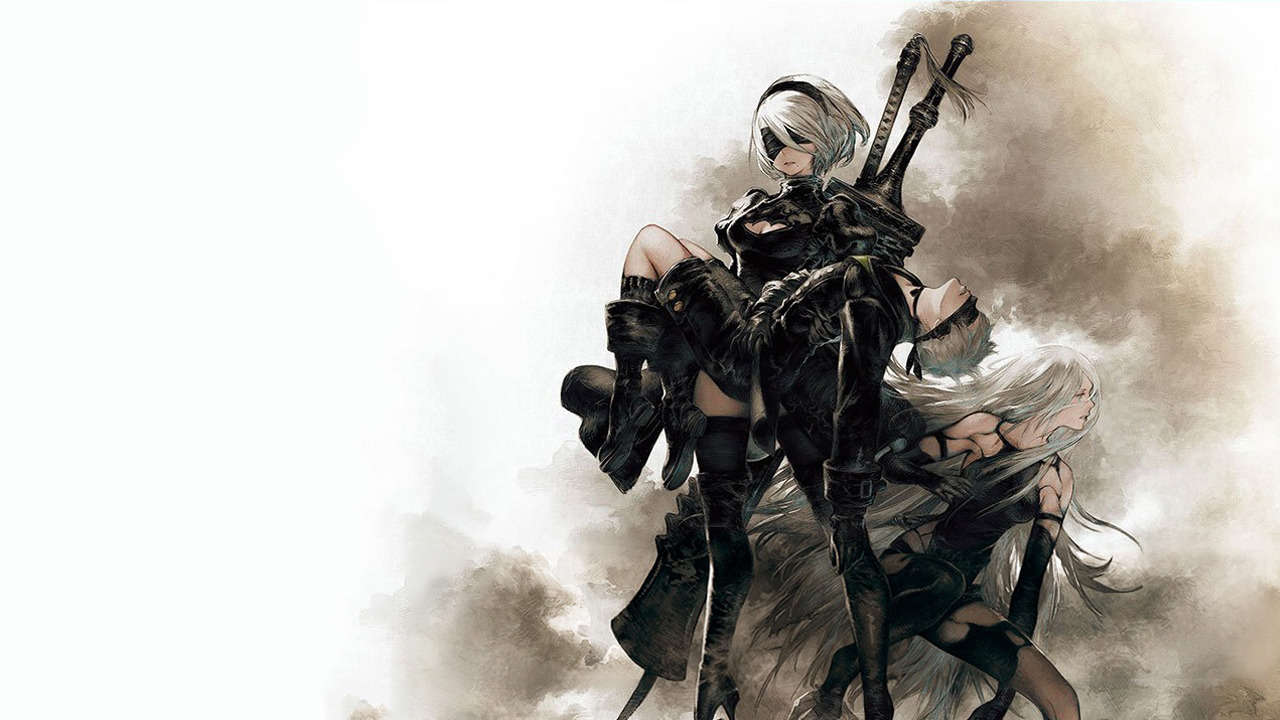

“NieR: Automata” DLC Will Release May 2nd
-
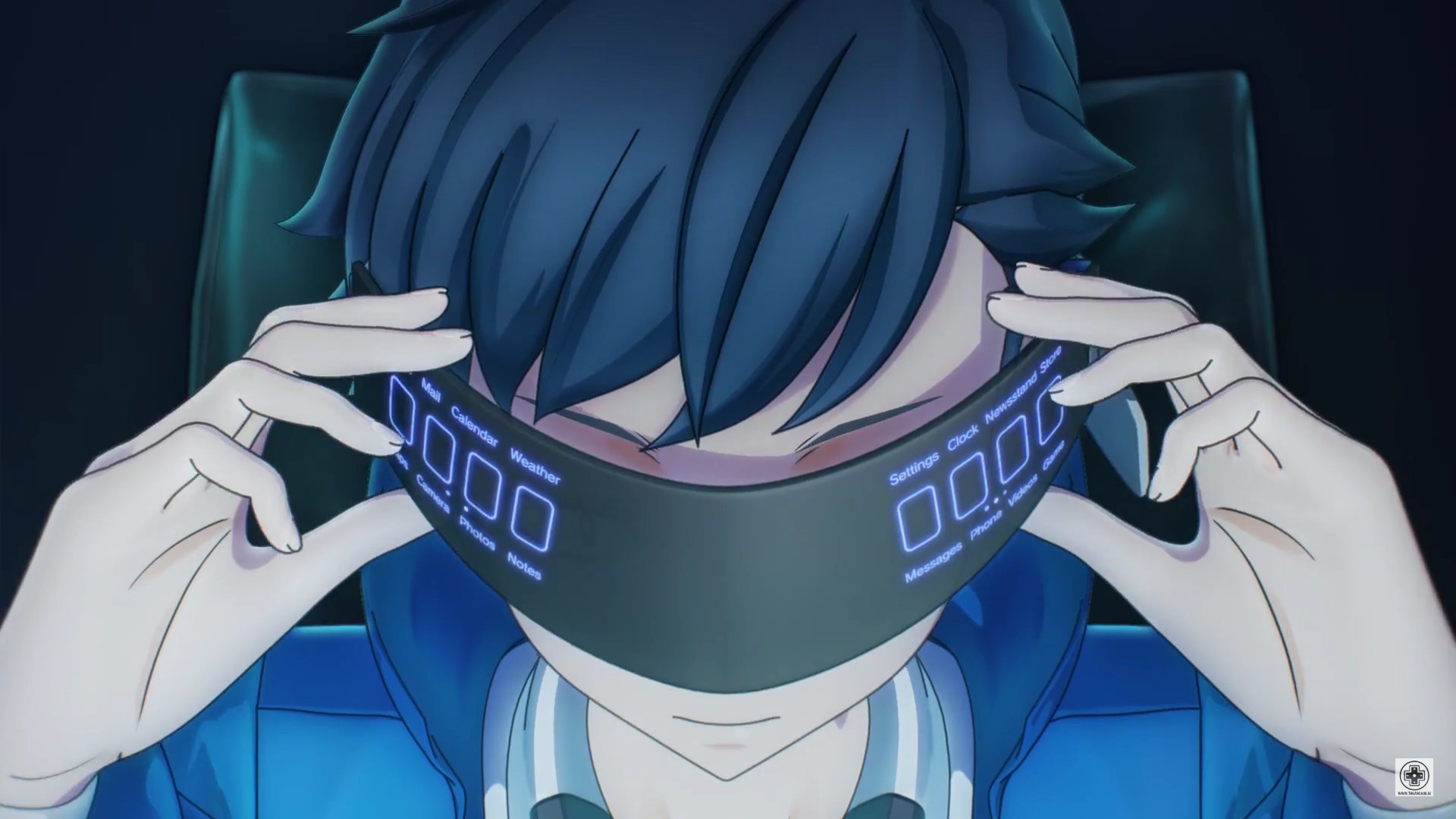

A New Side of Digimon Story: “Digimon Story: Cyber Sleuth – Hacker’s Memory”
-
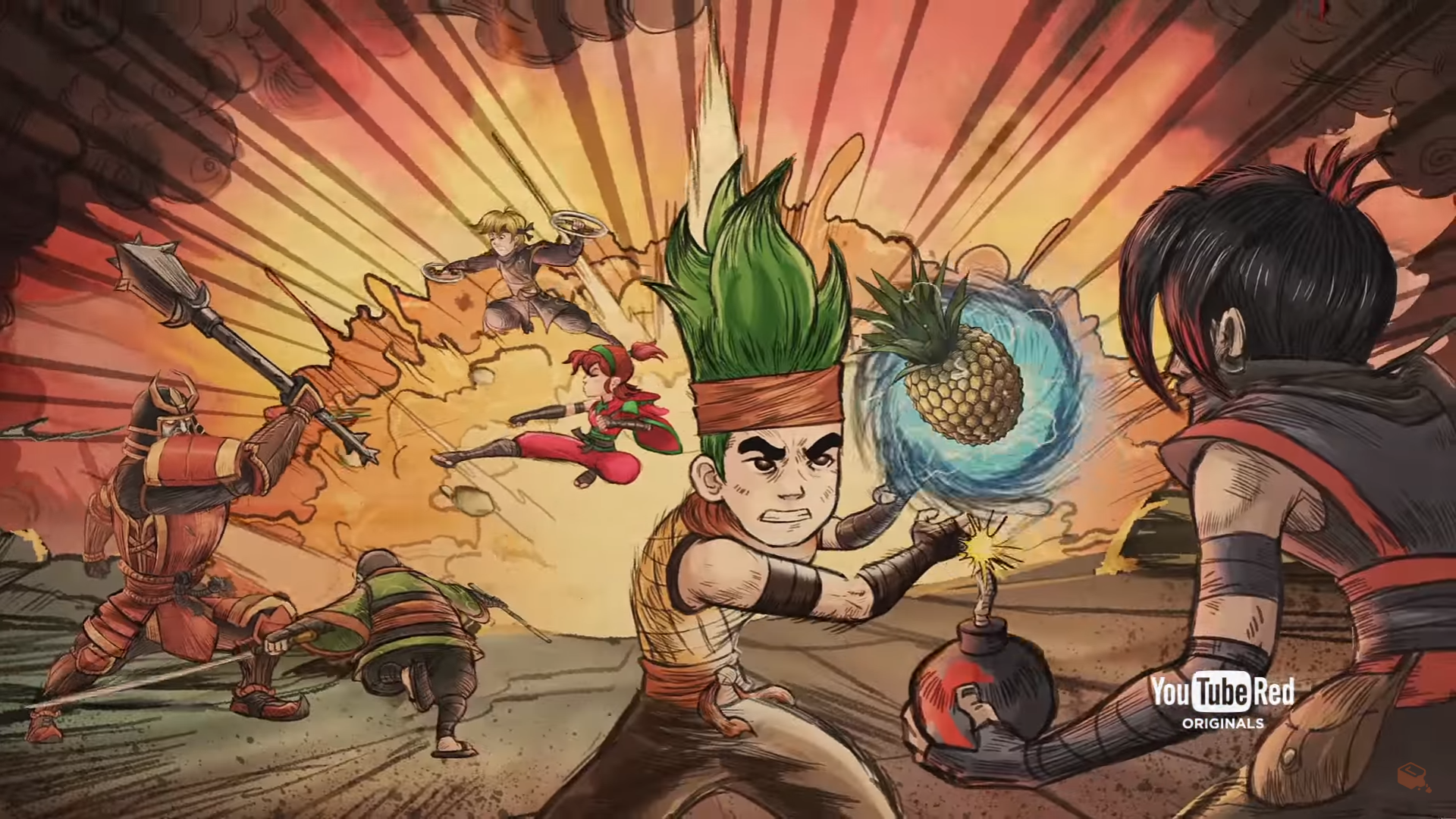

The Return of “Fruit Ninja”
-
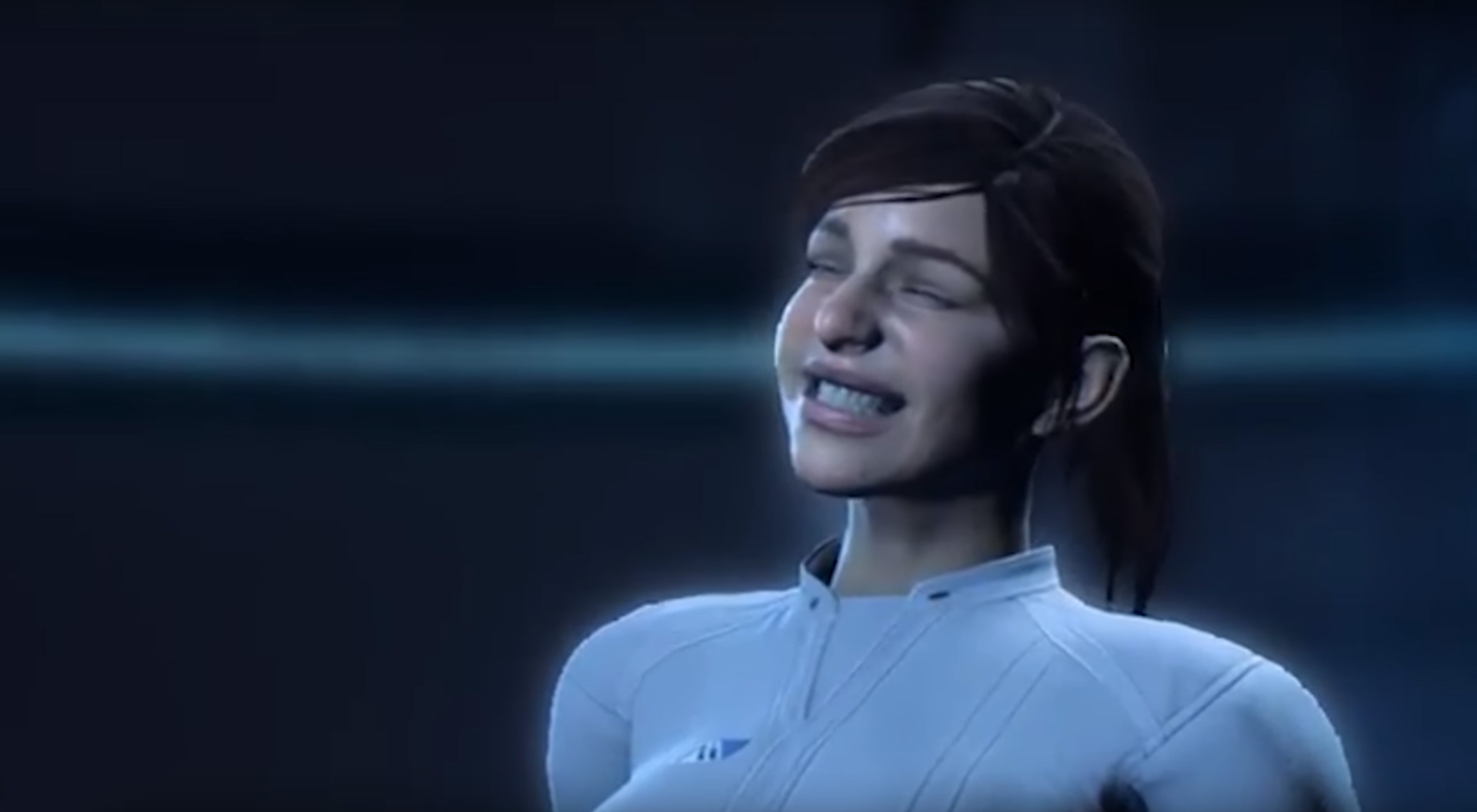

Some Disappointing Recent Franchise Releases of 2016 and 2017
-


“NieR: Automata” DLC and a Startling Boss Battle
Friday the 13th: The Game Review
Jason is back! If you’re a fan of the Friday the 13th slasher films, you’re going to love the horror and suspense that this game has in store for players.
Friday the 13th: The Game is the latest edition of the franchise that puts players in the shoes of either the infamous, masked killer Jason Voorhees or one of the seven camp counselors at Camp Crystal Lake. As Jason, you’re an powerful supervillain who can teleport around the map and kill people with one swing of his axe. As one of the camp councilors, you need to work with your teammates to escape or kill Jason, which, of course, is extremely hard.
Gameplay
The gameplay is where Friday the 13th shines the most. It’s one of those games that never gets boring, no matter how many times you revisit it. This is mainly due to its superb multiplayer option. Escaping from Jason is extremely difficult, which makes the game truly challenging and fun. Without a mic and cooperative players, prevailing is near on impossible.
When you play as Jason, the goal is to not just catch all of the councilors but it places emphasis scaring the daylights out of them, too. It’s fun to hear fellow players scramble with fear whenever Jason appears at the worst possible moment to scupper their chances of survival.
Chasing players into cabins, locking the rooms, and then taunting them by smashing glass windows are just some of the ways in which the character “plays” with the councilors throughout the game.
To escape, the councilors need to either fix the car or boat by finding random items on the map. The locations of each item change with each round so there’s no real way to master escaping after playing the game over time. In addition, carrying items such as the car battery requires the strength of two people so cooperation is really important to progress through the game.
Players may also call the cops to escape but first they need to repair the telephone, which has been smashed by Jason (of course, it doesn’t work). Lastly, there’s the option to kill Jason, which requires the help of at least 3 players.
There are no dull moments in Friday the 13th: The Game. One moment you’re safe and the next, it may all be over. It is for this reason that it’s dynamics keep the game interesting.
Graphics
There’s nothing particularly groundbreaking about the graphics but the setting is eerie enough to scare just about anyone, especially when stoic Jason is nearby. The facial expressions of every council member facing Jason can be quite morbid, which is befitting for a slasher movie-turned-game.
Crossover
Friday the 13th is originally an American horror franchise that spans 12 slasher films. The franchise mainly focuses on Jason Voorhees, who drowned as a boy at Camp Lake Crystal due to the negligence of the camp’s councilors. Several years later, it was rumored that the lake was cursed by Jason and was the site of a series of mass murders.
Movie-game crossovers aren’t always successful. That’s because the games often fail to grasp what the film is all about, and add mechanics that are out of touch from the original movie. Perhaps the most successful game crossovers are the ones that have a simple-enough concept for even the casual gamers to enjoy, which are exhibited in some of the most successful titles released such as the Evil Dead: Regeneration game by Cranky Panks. Additionally, the recently launched Dracula Universal Monster online slot game, has seen a fair amount of success compared to some triple A movie-game crossovers because of its simple and easy-to-play mechanics. Friday the 13th shares the same concept with both the Evil Dead: Regeneration game and Dracula in terms of its simplicity and how it retains the core elements of the original movie. The rules are simple: escape the clutches of the vengeful spirit of Jason Voorhees.
Controls
It’s not that hard to control the in-game characters. If you’ve played many over-the-shoulder games, then it shouldn’t be too hard to grasp the controls. The game gets easier when players level up and get perks that are useful for the game like being able to run faster or being strong enough to escape a the clutches of Jason.
Overall
Friday the 13th: The Game has a lot of replayability value and perks that will make players keep coming back for more. For $20, the game, which stays true to the concept of the Friday the 13th movies, is quite a steal.
Video Game Reviews
Some Disappointing Recent Franchise Releases of 2016 and 2017
Published
7 years agoon
April 26, 2017By
Kelsey Cohan2016 and 2017 have been great years for games, seeing the release of “Overwatch”, “NieR: Automata”, “Dark Souls 3”, and a host of other titles. Many highly-anticipated games were released, like new installments in a series or games from developers of our youth. However, not all of them shone as much as we anticipated, and some feel like they served only to milk the cash cow of a franchise.
While this is nothing new in any franchise of any industry, video games in particular are being held to higher and higher standards as technology increases, and large-scale developers and publishers that can invest the money into quality games are held to different standards than, say, an indie developer creating a quality game.
What games am I talking about exactly? Well, we’ll start with one that’s been pretty negatively received recently.
[yp_banner img_src=”https://theicon.com-content/uploads/2017/04/andromeda.jpg” img_size=”1400×600″ banner_size=”mid” top_position=”false” boxed=”false”]1. Mass Effect: Andromeda[/yp_banner]
People waited with bated breath for the next title in the “Mass Effect” franchise. While it wasn’t the fourth direct installment some were hoping for, the promise of a new story with a new cast was intriguing and garnered the title a lot of hype before its release.
Then the game actually released.
Most of the negative reception stemmed from the slightly uncomfortable to downright bizarre facial expressions of the characters, and the way those expressions reacted or responded to stimuli in the world around them. This is particularly evident in the case of Pathfinder Ryder, where (when playing as the female protagonist), they smile and continue to smile as they explain that their father is dead.
The game was also released riddled with bugs, and with what has been deemed to be a flimsy, forced story. Many user reviews repeat an iteration the same thing: “it feels lazy and unfinished”.
Considering the critical reception of “Mass Effect” titles in the past, and the quality of said titles leading up to the “Andromeda” installment, it’s disappointing to have a large-scale developer release a buggy, oddly animated and seemingly rushed game.
[yp_banner img_src=”https://theicon.com-content/uploads/2017/04/Yooka-Laylee_Waterfall.jpg” img_size=”1400×600″ banner_size=”mid” top_position=”false” boxed=”false”]2. Yooka-Laylee[/yp_banner]
The name “Banjo-Kazooie” invokes nostalgia for many people, a popular platform title from 1998 and one of the great collectathon games. When “Yooka-Laylee” was announced as its spiritual successor, people were ecstatic. Trailers revealed beautiful, colorful worlds and you could only think back to the first game with fondness as you watched.
When the game released on April 11 this year, excitement turned to boredom for some. While graphically beautiful, the charm of collectathon games was lost in translation in the brave attempt of “Yooka-Laylee” to return us to that magic of our youth.
One of the outcries surrounding the title has concerned the lack of direction for the game, with a plot that centers only around collecting pagies to complete the game, as well as missions and levels that started to feel recycled and lazy.
Lazy. There’s a familiar word. Wonder where we’ve seen that before.
Many claim that the level design feels outdated, which is certainly something to debate as the game presents itself on the shoulders and premise of a 90s classic, but the lack of inventiveness in these decades gone by is disappointing, to say the least.
[yp_banner img_src=”https://theicon.com-content/uploads/2017/04/final-beat1.jpg” img_size=”1400×600″ banner_size=”mid” top_position=”false” boxed=”false”]3. Final Fantasy XV[/yp_banner]
The much anticipated installment of the “Final Fantasy” franchise wowed people with its stunning graphics and exciting premise, leading to a lot of excitement as its release date got closer and closer.
As people began to play, they realized that the components that made “Final Fantasy” what they are was lost in this title. While beautiful to look at, the franchise has always sold itself on its story–for better or worse. In “Final Fantasy XV”, that story is surface level, with a jarring pacing and many events that happen off screen with little explanation, and characters that come and go and aren’t particularly memorable.
The open world itself is somewhat rough, and many quests seem repetitive in their fetching. A lot of people have questioned whether there is meant to be more that was not included in the release because the game feels unfinished and rushed.
There’s some familiar words again.
Overall, people agree that Final Fantasy XV is not necessarily a bad game, but one that was put out too early, and that it needed more, feeling like bare bones of a game.
[yp_banner img_src=”https://theicon.com-content/uploads/2017/04/Who-cares_sml-e1493247141781.jpg” img_size=”1400×600″ banner_size=”mid” top_position=”false” boxed=”false”]4. So What?[/yp_banner]
With downloadable content capabilities and content that has already been released for some of these titles, these games certainly have room to improve and grow. However, the point is that for these titles to be piggybacking off of the commercial and critical successes of well established franchises or titles, a game feeling “lazy”, “unfinished”, or “rushed” is inexcusable.
It’s important to voice your thoughts on these games, too. Not only because it stinks to see a developer just milk a cash cow, but because sometimes they listen. After the initial flood of reviews for “Mass Effect: Andromeda”, BioWare released a statement in a tweet that they were taking everyone’s concerns seriously and looking to plan and provide solutions for players. You can read the tweet here.
Not every developer will necessarily pay attention to the criticisms of their games the way that BioWare might, but they do want people to continue to buy their games, and to do so they have to work to improve the negative feedback they receive.
This is why reviewing is important, people. Making sure developers hear your voice helps them realize the faults of their games, and (hopefully) work to improve those problems in patches, DLC and future titles. Large-scale developers should always be looking to put out high quality games for players, so there should be very little room for excuses or lazy, unfinished titles.
I picked a lot on these three games in this article, but they aren’t the only ones to do it. If you feel that something isn’t holding up to the standard of the titles before it, make your voice heard! It can go a long way, and maybe even lead to solutions for the problems. Just don’t harass them, please.
2 out of 5
‘Days of War’ Early Access Review: Maybe wait a few days
Dead allies fall limply, without any sense of weight or impact
Published
7 years agoon
February 2, 2017I’m in a landing craft headed for Omaha Beach. The Germans have undoubtedly set up snipers and machine gunners, sure to shred my comrades and me. Suddenly, the craft and all the soldiers inside begin shaking uncontrollably before coming to an abrupt stop on the beach, where the boatly jitters continue. The crafts open their gates and us Americans are immediately thinned out by the Nazi hordes.
Dead allies fall limply, without any sense of weight or impact.
I look down the beach to see a handful of dead bodies, but a handful of fellow living Americans. Our forces total 16 men. Intel says there are just as many Nazis.
I take aim with my trusty M1 Garand, hearing the faintest bullet impact as a German goes down. I glance to the top right to see if I killed my target. As I’m distracted, I’m shot from God-knows-where before being greeted with a respawn timer that ticks down from 9…8…7…6…5…4…3…2…1.
I’m back in the action, controlling a fresh man. After a few seconds this one, too, falls to the dastardly German sniper.
2…1. I’m back again, much quicker this time. Myself and a few others meander over to the first line of Nazi defenses and plant charges, which explode in a disappointingly small puff.
Oh yeah, I think to myself. I’m playing an Early Access game.
A few days too soon, a few dollars too much
“Days of War” is not a bad game. The Steam Early Access World War II multiplayer shooter simply has an identity crisis.
Hearkening back to genre classics including “Call of Duty 2″ and—most prominently—”Day of Defeat,” “Days of War” also tries to be something new. The game’s Steam store page proclaims that “THE NEXT GENERATION OF WW2 IS HERE” while it panders to nostalgia hounds with its promises of classic, skill-based gameplay.
“Days of War” nails the spirit of old-school shooters, but falls completely short in the feel department. Movement and shooting is imprecise, a sensation that isn’t helped by terrible sound design and visual feedback. However, weapons are appropriately lethal, with most killing in two or three shots; sniper and bolt-action rifles usually kill in one hit, and shotguns are absolutely dominant in close-range engagements.
Players cannot simply spray and pray. The extreme recoil on automatic weapons assures that semi-automatic and bolt-action users have a fair—perhaps too fair—fighting chance. But aimed fired, even with automatic weapons, is fairly accurate, meaning the most efficient way to avoid fire from any shooter is to strafe back and forth around corners like a lunatic. In motion, firefights end up looking ridiculous a good portion of the time as bitter enemies engage, carefully plotting their chicken dance as they exchange fire.
![]()
This focus on what is ostensibly skill-based combat certainly lends to the old-school vibe, but the floaty controls and lack of visceral response do their best to tear that down. “Call of Duty 2” and “Day of Defeat” feel crisp, with the former having hitmarkers and kill notifications, and the latter displaying gratuitous levels of blood when you hit someone. “Days of War” offers no hit indication other than an easily missed hissing sound. You’re simply left to glancing at the killfeed when you think you may have gotten a kill.
The two modes on offer—Domination and Detonation—are unimaginative, but tried-and-true. Domination sees teams battling for control of a linear sequence of five flags, and Detonation has Allies rush Omaha Beach trying to blow up a series of objectives. There are only three maps—Carentan, Kaysersberg and Omaha Beach—and Omaha Beach only supports Detonation, while the former two only support Domination.
![]()
Unfortunately, the maps are unbalanced. Picking Americans off is far too easy for Germans on Omaha Beach, because the Axis team has a clear view of the Allied spawns. Similarly, Carentan allows for German snipers to easily set up shop and spawn trap the Americans; there is also nothing stopping players from literally running into enemy spawns and sitting there. Because both teams spawn in a preset zone no matter what objectives they control, there is virtually no way to escape spawn traps other than luck.
Another side effect of this one-spawn-zone policy is that one team can get completely steamrolled if their frontline is wiped out, allowing the enemies to capture any and all objectives between the spawn and the new engagement zone. But even that can’t stop most battles devolving into fights for inches at a few inevitable chokepoints on every map.
I never once saw the Americans win a match on Carentan, and only saw them win once on Omaha Beach. Kaysersberg is more balanced, but I have never seen either team win before time runs out because the chokepoints are so severe. A likely contributor to matches going nowhere is that there is no indication of objective locations on your HUD—you can only see where objectives are if you look at the minimap. Players usually end up just running to the fight, beelining right past objectives that aren’t clearly marked. Such a basic feature’s omission is, quite frankly, inexcusable.
As a result of the shoddy map design, battles don’t feel like they’re taking place in real locations. There are no flanking routes, no secret passages (Kayersberg does have a sewer system that runs underneath the streets above, but it follows the exact same paths so proves unhelpful) to turn the tides of battle. Every match simply ends up as a battle over a few chokepoints, a trait that screams, You are playing a very deliberately designed video game, with strategically placed closed doors to ensure you do not deviate from this map’s simple, predictable three-lane structure. The maps on offer could be easily salvaged if they received a little TLC and some alternate routes to make battles a bit more fair.
![]()
Truth be told, “Days of War” is too simplistic and old-school to be “THE NEXT GENERATION OF WW2,” but not polished enough to feel as crisp as the games it takes inspiration from. The game was originally funded through Kickstarter, and the pitch video showcased some more impressive sounds and environments—no doubt as more proof-of-concept than representative of actual gameplay—as well as total destruction of buildings, “Bad Company 2” style. If that is truly a preview of things to come, then the future could be bright. Some larger-scale forest warfare and snowy mountaintops could, indeed, make for more interesting gameplay than the fish-in-a-barrel design currently on offer.
Developer Driven Arts plans to add two more maps, Russian and British content, a map editor and three new game modes in the next few months, but there is nothing here now—other than a fair start—to warrant a purchase. Driven Arts also said there will be better kill feedback, sounds and graphics in the future.
This all begs the question: why was “Days of War” released on Early Access so…early? The game is hardly past the alpha stage, it seems. There is just too much placeholder content and too many missing features to warrant the $25 price tag. There is a solid foundation—Driven Arts is made up of industry veterans, after all—but it all feel a bit rushed.
Wait and see on this one, or wait for a sale.
Notice: Undefined variable: user_ID in /hermes/bosnacweb04/bosnacweb04au/b1979/dom.bigorangedesign/wp_site_1589834241/wp-content/themes/zox-news/comments.php on line 49
You must be logged in to post a comment Login